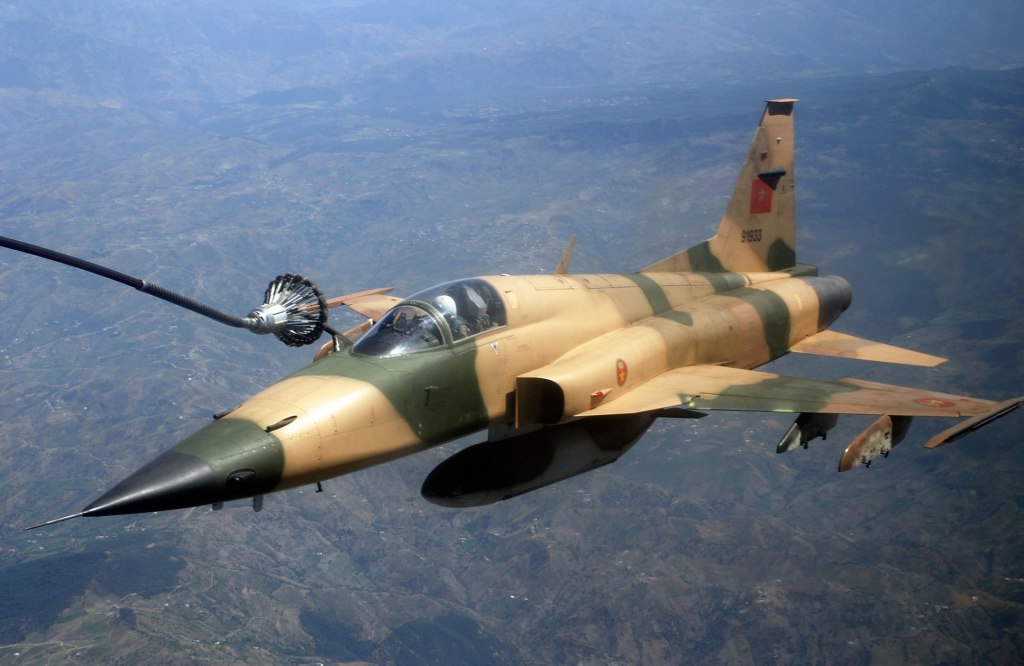×
The Standard e-Paper
Fearless, Trusted News

A jet fighter: Did Kenya buy duds? [Courtesy]
Taxpayers may not get answers why the Government splashed Sh1.53 billion on seven defective military jets, which are being cannibalised for spare parts for other jets.